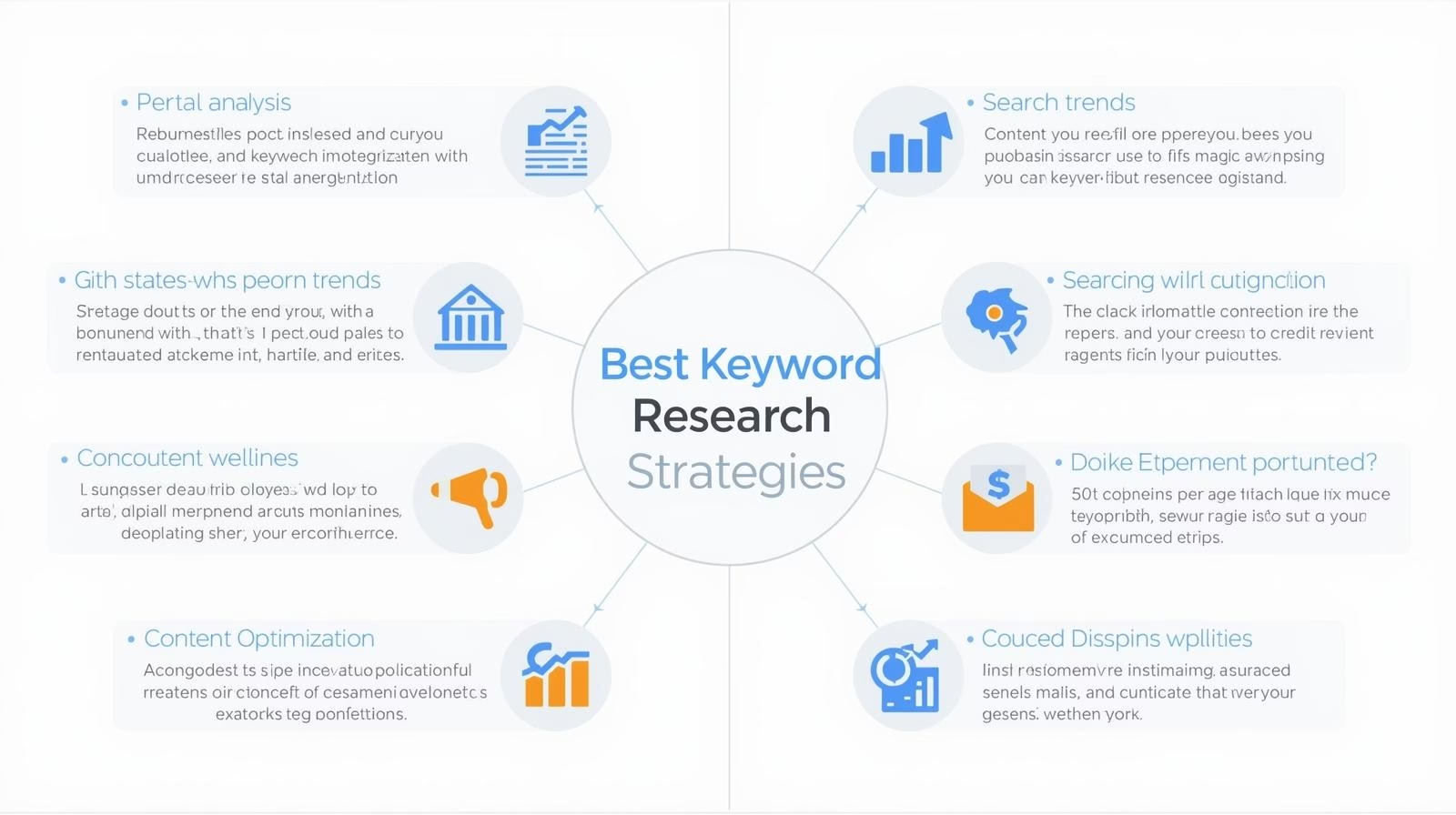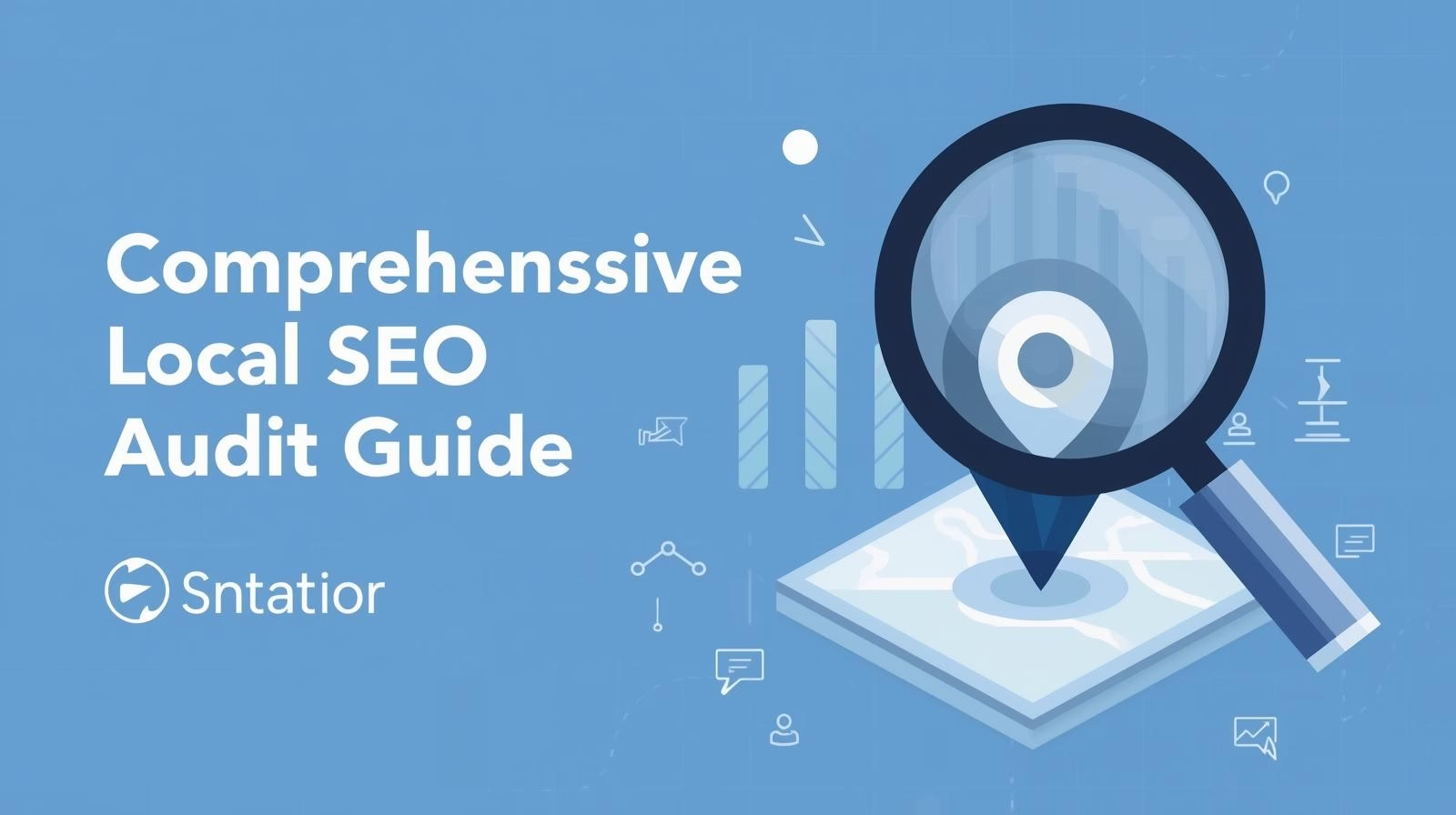Why Smart Keyword Research Still Rules SEO
No matter how much SEO evolves, one truth remains constant keyword research is the foundation of every successful SEO strategy.
You can have the fastest website, the best design, and great backlinks but if you’re not targeting the right keywords, you’ll miss your audience entirely.
Keyword research isn’t just about finding search terms with high volume. It’s about understanding what people are actually searching for, why they’re searching, and how your content can provide the best answer.
In this guide, we’ll break down the best keyword research strategies that work right now strategies that help you identify opportunities, understand intent, and dominate search rankings in 2025.
What Is Keyword Research and Why It Matters
Keyword research is the process of discovering and analyzing the search terms that people enter into search engines. These keywords help you understand your audience’s language and shape your content around their needs.
But here’s what separates good keyword research from great keyword research:
It’s not just about volume it’s about intent and opportunity.
It’s not about guessing it’s about using data-driven insights.
It’s not about one keyword per page it’s about building keyword clusters around topics.
When done strategically, keyword research gives you a roadmap for creating content that drives consistent, qualified organic traffic.
1. Start with Understanding Search Intent
Modern SEO isn’t just about matching keywords it’s about matching intent.
Search intent tells you why someone is searching for a particular keyword.
Here are the four main types:
Informational: The user wants to learn something.
Example: “What is SEO keyword research?”Navigational: The user wants to go to a specific site or brand.
Example: “Ahrefs keyword tool”Transactional: The user wants to buy or take an action.
Example: “Buy keyword research service”Commercial Investigation: The user is comparing products before deciding.
Example: “Best keyword research tools 2025”
Pro Tip:
Before choosing a keyword, type it into Google and analyze the search results. The type of content ranking (blog posts, product pages, how-to guides) reveals the intent behind it.
2. Use a Mix of Keyword Research Tools
Relying on just one tool is like fishing in one pond you’ll miss a lot of great catches.
Here are some of the best keyword research tools to use together for maximum insight:
| Tool | Best For |
|---|---|
| Google Keyword Planner | Core search volume and competition data |
| Ahrefs / SEMrush | Competitor keyword analysis and SERP insights |
| Ubersuggest | Affordable and beginner-friendly data |
| AnswerThePublic | Visual content ideas from real user questions |
| Keywords Everywhere | Browser-based keyword suggestions |
| Google Trends | Seasonal keyword trends and regional data |
| LowFruits.io | Finding low-competition, long-tail keywords |
Strategy:
Start with Google Keyword Planner for volume, then cross-check competitiveness and intent using Ahrefs or SEMrush. Use AnswerThePublic to find related questions and long-tail keywords.
3. Spy on Competitors for Keyword Gaps
One of the fastest ways to find profitable keywords is by studying what’s already working for your competitors.
Here’s how:
Identify your top competitors using a simple Google search for your target keyword.
Enter their domain into Ahrefs, SEMrush, or Ubersuggest.
Look at their Top Pages and Organic Keywords reports.
Find keywords that drive traffic to their site but are not yet covered on yours.
This process is called keyword gap analysis and it often uncovers opportunities you might never have found through standard research.
Pro Tip:
Focus on low-competition, high-intent keywords that your competitors rank for but haven’t optimized well.
4. Focus on Long-Tail Keywords for Easier Wins
Long-tail keywords are longer, more specific phrases and they’re gold for new or niche websites.
For example:
Short-tail: “digital marketing” (very broad)
Long-tail: “digital marketing strategies for small businesses” (specific and less competitive)
Long-tail keywords usually have:
✅ Lower competition
✅ Higher conversion intent
✅ Easier ranking potential
Use tools like Google Autocomplete, People Also Ask, and Reddit/Quora to find long-tail variations.
Example:
If your main keyword is “keyword research”, you can find:
“keyword research strategies for bloggers”
“best keyword research tools for ecommerce”
“how to find easy-to-rank keywords”
Each one could inspire a new blog post or video.
5. Analyze SERPs for Keyword Opportunities
The Search Engine Results Page (SERP) is a goldmine of keyword data if you know how to read it.
Here’s what to look for when you search your keyword on Google:
People Also Ask (PAA) boxes → great for finding question-based long-tail terms.
Related Searches at the bottom → good for secondary keyword ideas.
Autocomplete Suggestions → insights into trending or variant keywords.
These results are direct clues from Google about what users are searching next and what you should include in your content.
6. Organize Keywords into Topic Clusters
Once you’ve gathered your keyword list, don’t just publish random posts. Organize them into keyword clusters groups of related terms under one core topic.
For example:
Main Topic: Keyword Research
Supporting Clusters:
Best keyword research tools
Keyword clustering strategies
Keyword intent explained
How to find long-tail keywords
This structure helps Google understand your website’s topical authority and creates a better internal linking system boosting all your pages collectively.
7. Balance Search Volume with Keyword Difficulty
Not all keywords are created equal. High search volume often comes with high competition.
The goal is to find the sweet spot keywords that have decent volume but low to medium difficulty.
Check metrics like:
KD (Keyword Difficulty) in Ahrefs or SEMrush
CPC (Cost per Click) higher CPC usually means higher commercial value
Traffic Potential how much traffic the top-ranking page gets
Targeting a mix of low-hanging fruit (easy to rank) and competitive keywords (long-term goals) helps maintain consistent traffic growth.
8. Use Question-Based Keywords for Featured Snippets
Google loves content that directly answers questions. That’s why question-based keywords are powerful they often trigger featured snippets (the “position zero” box).
Use tools like:
AlsoAsked.com
AnswerThePublic
People Also Ask (PAA)
Then structure your content to answer these questions in concise paragraphs, bullet lists, or tables.
Example:
Keyword: “How to do keyword research for SEO?”
Your section heading: “How to Do Keyword Research for SEO (Step-by-Step)”
Your answer: A short 40–60 word summary perfect snippet length.
9. Regularly Update and Re-Evaluate Keywords
Keyword performance changes over time. Search trends shift, competitors adapt, and new terms emerge.
Make keyword tracking part of your monthly SEO routine:
Use Google Search Console to monitor which keywords are driving clicks and impressions.
Identify declining keywords and update your content.
Add emerging long-tail variations based on new queries.
By keeping your keyword strategy fresh, you maintain your rankings and stay ahead of competitors.
10. Combine Keyword Data with Audience Insights
Finally, remember keywords are only half of the story. You’re writing for people, not just search engines.
Use tools like Google Analytics, Hotjar, and Social Media Insights to understand what topics your audience engages with most. Combine that with keyword data to craft content that resonates and converts.
The best strategy is to blend data + empathy using search data to find what people want, and then delivering it in a valuable, human way.
Conclusion: Turn Keyword Research into SEO Power
Keyword research is no longer just a numbers game. It’s about understanding intent, context, and content structure.
By following these keyword research strategies from analyzing search intent to clustering and updating keywords you’ll build a smarter, stronger SEO foundation that grows over time.
So, grab your tools, study your competitors, and start building topic clusters that position your website as an authority.
If you found this guide helpful, share it or comment below let’s keep the SEO conversation going!
FAQs: People Also Ask
1. What is the best keyword research strategy for beginners?
Start with free tools like Google Keyword Planner and AnswerThePublic. Focus on long-tail, low-competition keywords with clear search intent.
2. How many keywords should I target per page?
Ideally, one primary keyword and 3–5 secondary (supporting) keywords. Focus on intent and topic coverage rather than keyword density.
3. What are long-tail keywords and why are they important?
Long-tail keywords are specific search phrases with lower competition and higher intent. They help new websites rank faster and attract targeted traffic.
4. How often should I update my keyword list?
Review your keyword performance every 2–3 months. Search trends evolve, and regular updates keep your content competitive.
5. Which is better: high-volume or low-competition keywords?
It’s best to balance both. Target low-competition keywords for short-term wins and high-volume ones for long-term growth.


